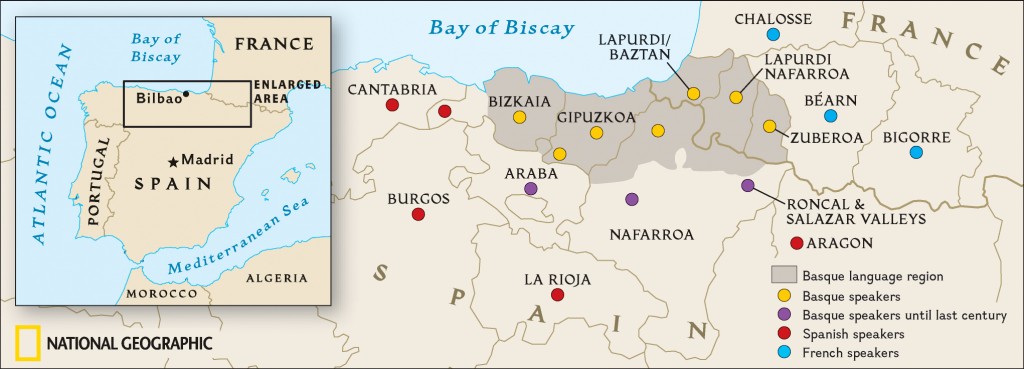“Comrades, the doors opened, and slavery ended, breaking the heavy chains that oppressed youth. Be rebellious and never daunt before the enemy oppressor”
(The 1938 Fort San Cristóbal escape anthem written by Rogelio Diz Fuentes, Prisoner #1104, and Daniel Robado, Prisoner #1133)
Next May 22 marks the 75th anniversary of the massive escape from Fort Alfonso XII, also known as Fort San Cristóbal, which became one of the largest and most tragic prison breaks, during wartime, in contemporary Europe. However, History has not been too keen on recording this episode compared with similar events. Paul Brickhill’s autobiographical book “The Great Escape” (1950) narrates the heroic prison break of 76 allied prisoners of war from the German Stalag Luft III camp (Żagán, Poland) in March 1944. Fifty escapees were caught and murdered by the Gestapo, and only 3 succeeded by reaching Sweden and Spain, which were neutral territories during World War II. The story was immortalized by the memorable film “The Great Escape” (1963). On the other hand, in the case of the escape from Fort San Cristóbal, 795 people broke free, 206 were murdered, and, coincidentally, only 3 succeeded by crossing the French border. Contrarily, only silence, fear, and brutal repression resulted from this prison break.
Aerial view of Fort San Cristóbal-Ezkaba. Image source: Iñaki Sagredo ©.
Located at the top of San Cristóbal or Ezkaba Mountain, a few miles away from Iruña (Nafarroa), the fort was built as a military compound between the end of the 19th century and the beginning of the 20th century. Obsolete for its original purpose, the fort was turned into an improvised political prison from the very beginning of the Spanish Civil War until 1945.
Although it is difficult to know the exact number of inmates at the time of the escape, it is estimated that there were approximately 2,487 prisoners from different areas of Spain. Many of them were affiliated to or sympathizers of leftist and nationalist political parties and trade unions as well as soldiers and militiamen, loyal to the Republic and the Basque government. The harsh living conditions within the fort walls, hunger, sickness and the sadistic behavior of some wardens fuelled the prison break with the clear political goal of continuing the fight against the rebel troops. A planned mutiny led by Leopoldo Picó Pérez (Prisoner #319) and Baltasar Rabanillo Rodríguez (Prisoner #1012)—communist militants from Bilbao and Valladolid, respectively—resulted in freeing one-third of the total prison population. Many were ill-prepared for the escape, without provisions and proper clothing.
During the following days, nearly 28% of the escapees were brutally murdered by Francisco Franco’s army in the nearby fields and mountains, while the rest of the men were soon captured enduring forty days of isolation and inhuman treatment. Thirteen so-called leaders, including Baltasar, were sentenced to death. Leopoldo was also intercepted and brought to prison. He was shot without trial. Another 46 captured fugitives died in the fort between 1938 and 1943 due to sickness and sordid cruelty.
Only 3 men—Valentín Lorenzo Bajo, José Marinero Sanz, and Jovino Fernández González—as it was documented later on, succeeded in getting to the French border, 30 miles away from the fort.
However, the story did not end here. In 1998, a man visiting from California had a series of casual encounters with six different people in an area from where he recalled escaping to France after fleeing away from Fort San Cristóbal sixty years earlier. The man told them that he was born in Azagra (Nafarroa) in 1918, being imprisoned in the Ezkaba fort from where he broke free in 1938. He finally managed to cross the border, finding refuge in Martin Urrels’ farmhouse in Banka. There, he learnt about Martin’s two brothers, Michel and Jean, who lived in the Cedarville area, California, working as sheepherders. Michel and Jean had immigrated into the United States in 1910 and in 1914, respectively. From France he left to Mexico, crossing the border to California, where he worked for the Urrels brothers for a few years. The man went to explained how he enlisted in the United States Army during World War II, being deployed to Europe as part of a tank battalion. After the war, he got involved in the trucking business that his sons inherited.
This was the story as remembered by some of the people who met the strange visitor. In his 80s the man from California decided to reencounter the past through revisiting his memories. Though his identity is still a mystery, the story should corroborate the existence of a fourth escapee. This could mean that the Ezkaba escape was the most successful prison break in contemporary Europe.
Back in 1938, Diario de Navarra, a local newspaper, published a distorting note on the tragic event, while describing the escapees as “murderers, robbers, and thieves who had abused the human regime of Franco’s Spain.” The escape was another clear example of the official amnesia imposed by Franco during his four-decade dictatorial regime. However, it became part of the collective memory of many who never forgot May 22, 1938. In 2000, the Association Txinparta was set up to recover the historical memory of the Fort of San Cristóbal prisoners between 1934 and 1945. Similarly, in November 2002, the Association of the Family Members of the Executed, Murdered and Missing People in Navarre in 1936 was also established to honor the memory of more than 3,300 people who were murdered in Nafarroa during the Spanish Civil War. In 2006, Iñaki Alforja directed the documentary “Ezkaba, the great escape from Franco’s jails”.
If you have any information on the Fort San Cristóbal escape and, particularly, on the identity of the fourth man please contact us by sending a message. We would love to hear from you!
Many thanks to Fermín Ezkieta for sharing his excellent and extensive work on the history of the escapees from Ezkaba.

 The Genographic Project
The Genographic Project 